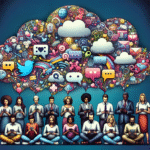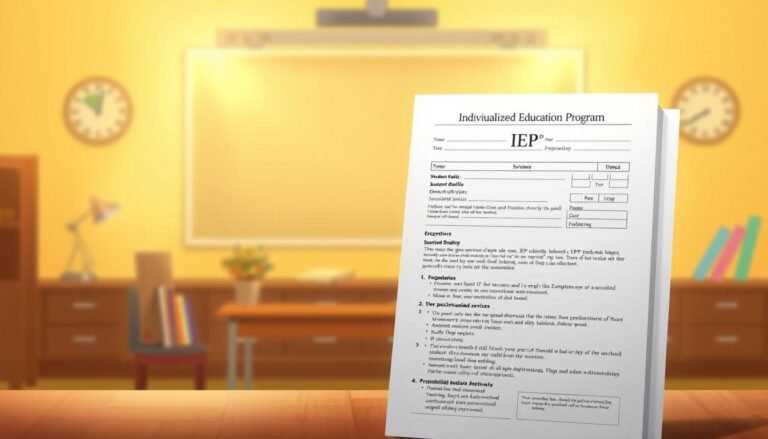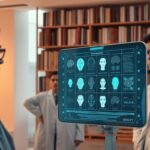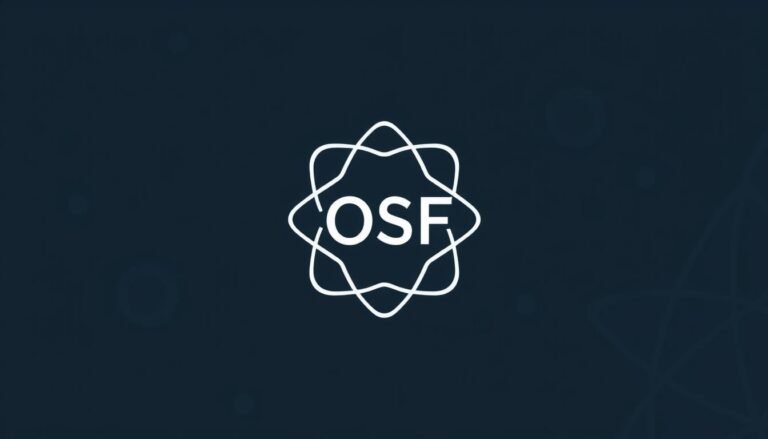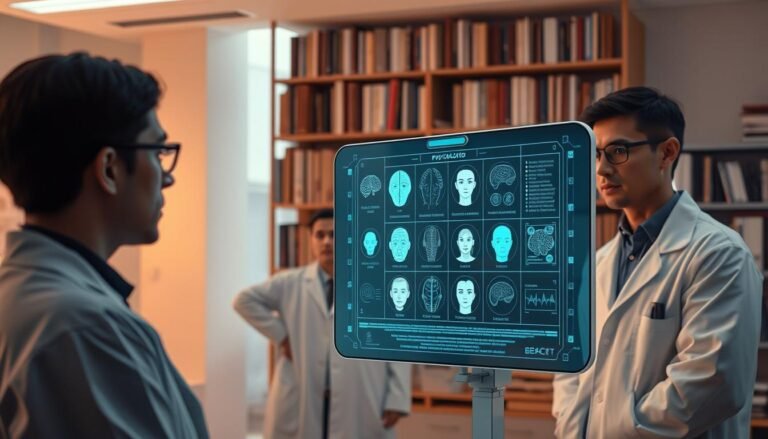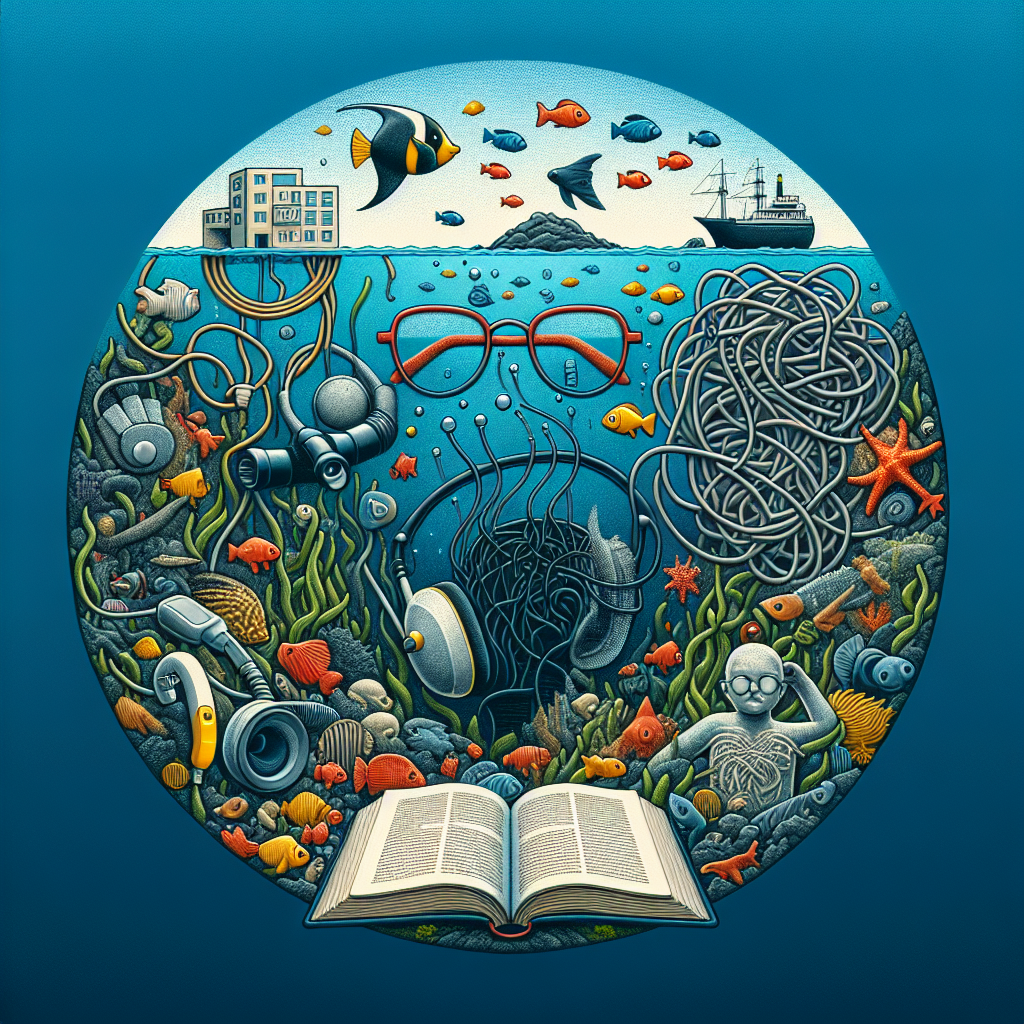
Learning Differences: A Deep Dive into the Various Types of Learning Disabilities
Introduction
Imagine a world where every child’s educational journey is tailored to their unique learning style. Unfortunately, many children face significant challenges in learning due to various disabilities that go unrecognized or misunderstood. Learning differences aren’t just hurdles; they can be transformative opportunities for growth and understanding. In this article, "Learning Differences: A Deep Dive into the Various Types of Learning Disabilities," we will explore the varieties of learning disabilities, providing valuable insights that can equip educators, parents, and caregivers to foster an inclusive educational environment.
As we delve into this subject, we will uncover how acknowledging and addressing these differences not only supports students in overcoming challenges but also enriches the educational experience for all.
Understanding Learning Disabilities
1. What Are Learning Disabilities?
Learning disabilities (LD) are neurological conditions that affect how individuals process information. These conditions can manifest as difficulties in reading, writing, math, or processing information. Importantly, learning disabilities are not indicative of intelligence; many individuals with learning disabilities possess average or above-average IQs but struggle in specific areas.
Key Statistics:
- Approximately 1 in 5 students in the United States has some form of learning disability.
- Learning disabilities often co-occur with other issues such as ADHD and anxiety.
2. Types of Learning Disabilities
Understanding the different types of learning disabilities is integral to grasping the full spectrum of learning differences. Here’s a breakdown of the most prevalent types:
A. Dyslexia
Dyslexia primarily affects reading skills. Students with dyslexia may struggle with decoding words, reading fluency, and comprehension. Despite these challenges, many individuals find creative ways to engage with reading through technologies like audiobooks and text-to-speech software.
Case Study: Sarah’s Journey with Dyslexia
Sarah, a 10-year-old identified with dyslexia, faced significant challenges in her reading class. Traditional teaching methods were detrimental to her confidence. After using multisensory strategies—like incorporating visuals and interactive reading games—her reading skills saw significant improvement.
Analysis: Sarah’s story exemplifies the importance of tailoring educational strategies to fit the needs of dyslexic students.
B. Dyscalculia
Dyscalculia affects the ability to understand numbers and calculate. This type of learning disability can lead to difficulties in basic arithmetic, number sense, and problem-solving.
Case Study: Tom Learns Math Differently
At age 12, Tom struggled with basic math concepts, feeling overwhelmed by simple tasks like addition and subtraction. After engaging in hands-on learning experiences that connected math to real-life scenarios—like cooking and budgeting—Tom showed marked improvement in his math skills and increased confidence.
Analysis: This case highlights how practical applications can demystify abstract concepts for students with dyscalculia.
C. Dysgraphia
Dysgraphia affects writing abilities, impacting both fine motor skills and the composition process. Students may struggle with handwriting, spelling, and organizing their thoughts on paper.
Case Study: Emily’s Written Expression
Emily is a 9-year-old who has dysgraphia. She often found writing a daunting task. With the implementation of assistive technology, including speech-to-text applications, Emily began to express her thoughts more freely, resulting in improved academic performance.
Analysis: Emily’s experience underscores how technology can provide alternative methods for individuals with writing difficulties.
3. Co-Occurring Conditions
Learning disabilities often coexist with other conditions, such as ADHD (Attention-Deficit/Hyperactivity Disorder) and anxiety disorders. The presence of multiple disabilities can complicate assessments and interventions, often requiring a multidisciplinary approach for effective support.
A. The Link Between ADHD and Learning Disabilities
Research suggests a significant overlap between ADHD and learning disabilities. Students with ADHD may experience problems with attention and executive functioning, exacerbating their difficulties in learning.
Statistics: Approximately 50% of children with ADHD also face learning disabilities.
Supporting Students with Learning Differences
1. Creating an Inclusive Learning Environment
Creating an inclusive classroom is critical for supporting learning differences. Here are several strategies:
- Differentiated Instruction: Tailor lessons to meet diverse learning needs, using various teaching methods to engage students.
- Collaborative Learning: Encourage students to work together, promoting peer support and minimizing stigma.
- Use of Technology: Leverage assistive technologies to aid learning, such as audiobooks and software that supports reading and writing.
2. Collaborating with Parents and Caregivers
Collaboration between educators and families is essential. Regular communication fosters a supportive network around the student, ensuring that everyone is informed and aligned on strategies.
3. Professional Development for Educators
Investing in ongoing training equips educators with the necessary skills to identify and address learning differences effectively. Workshops focused on specific disabilities can dramatically alter classroom dynamics.
Conclusion: Embracing the Spectrum of Learning Differences
"Learning Differences: A Deep Dive into the Various Types of Learning Disabilities" emphasizes the importance of recognition, understanding, and action. By implementing tailored strategies, collaborating with families, and embracing inclusive practices, we can create educational environments where every student thrives.
These challenges present an opportunity: a chance to innovate our educational strategies, making room for all learning styles and experiences. The ultimate power lies in our collective action to nurture, empower, and uplift those with learning differences. Together, we can pave the way toward a more inclusive future.
FAQs
1. What are the signs of learning disabilities?
Common signs include difficulty with reading, writing, math, and inconsistent academic performance relative to potential.
2. How are learning disabilities diagnosed?
Diagnosis typically involves a comprehensive evaluation by a psychologist or learning specialist using standardized testing and interviews.
3. Can children overcome learning disabilities?
While children may not "outgrow" learning disabilities, they can learn strategies and skills to manage them effectively.
4. How can I support my child at home?
Provide a supportive environment, use educational games, and maintain regular communication with their school.
5. Are there specific teaching methods for learning disabilities?
Yes, methods like Orton-Gillingham for dyslexia or multisensory techniques can be particularly effective.
6. Where can I find resources for learning disabilities?
Organizations like the Learning Disabilities Association of America (LDA) and Understood.org offer valuable resources and support.
In conclusion, understanding learning differences is pivotal in shaping not only academic outcomes but also the confidence and self-esteem of students. By forging a path of awareness, empathy, and action, we can cultivate an educational landscape that celebrates diversity and empowers every learner.



